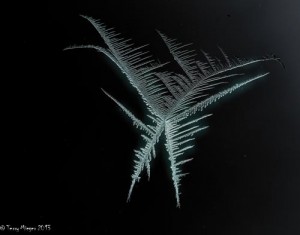Images from the Id: The RAW Wars.
OK we are done with the basics of exposure. Just one of those things you must remember. Those simple ideas have a great effect on your images.
Shooting Raw
Most good cameras, beyond the smart phone, can capture images in what is called a RAW format. As a photographic educator I have heard hours of arguments about this. The battle is on. There is a very small number advanced photographers who shoot in jpeg format and do very good work but most of us shoot RAW. Raw is file format when the camera records in the file and all of the information available in the scene, that the sensor can record. Jpeg takes the information and compresses it to a smaller size. Sort of like condensing orange juice, something is removed (in the case of OJ, water) and something is missing. If you think reconstituted orange juice tastes the same as fresh maybe my argument is unimportant. There is a difference and it depends on whether you care or not. When a camera takes a jpeg it compresses it and usually a little computer makes a decision in a microsecond as to what it should look like. Many times it can work very well but most of us would rather make those decisions. The RAW file gives us the ability to make a much great range of adjustments on the images. Examples of adjustments that are better in RAW would be white balance, noise reduction, sharpening and dynamic range among others. In a jpeg image these are controlled by the camera not the photographer. Which do you want?
Before I go on let me make something clear. Jpegs are very important- just not as good for the capture of images. Computers and software can only render-see Jpeg images. So even a RAW file must have a Jpeg component so the computer can show it on the screen or the camera on its LCD.
Advantages of jpeg
1. Small file size about 1/4 (or less) that of a RAW file
2. Very good quality (depends more on the computer in the camera but most are good)
3. Less post-capture processing (that little computer again)
4 No conversion needed
Advantages of RAW
1. Much more control over various attributes of the image
2. Possibility for excellent (better) results
3. Photographer controlled
Disadvantages of jpeg.
1. Something is gone for ever. Unlike orange juice you just can’t throw the water back in.
2. Many adjustment decisions made before the file is recorded
3. Less ability to improve or do any substantial work with the image.
4. Sort of like having your hands tied.
Disadvantages of RAW
1. Large files (a file from a Nikon d800 can be 36 mb)
2. Needs a RAQ converter (Not really a problem usually it comes with the camera and all good editing software has one ex. Photoshop has Adobe Camera RAW (aka. ACR)
3. A jpeg will “look” better before processing
Some people save in both formats but usually it’s a waste of time and disk space. Adobe has produced an open-source RAW format called Digital Negative (.dng) this is independent of the camera and the company and does not require special coding to convert. More and more camera companies like Leica are using it.Nikon (.nef) and Canon (.CR2) are their own. and it is comparable with most software.
Next week: Why are they looking at the back of their camera?










